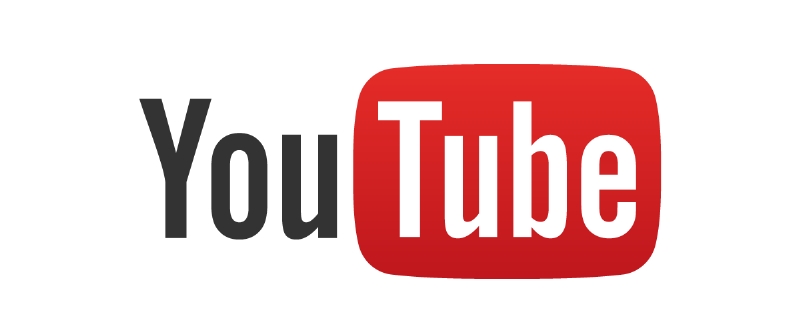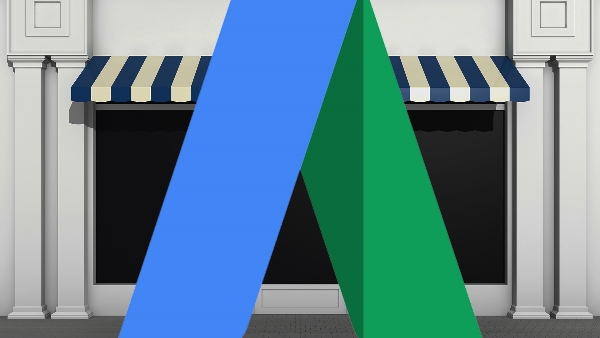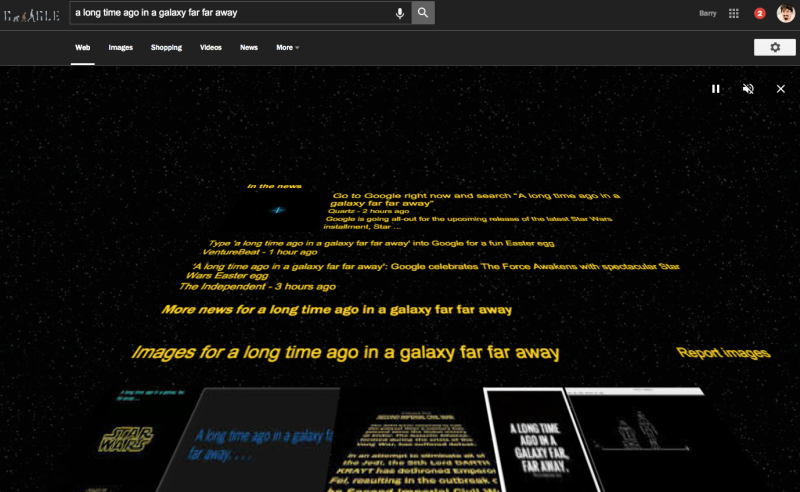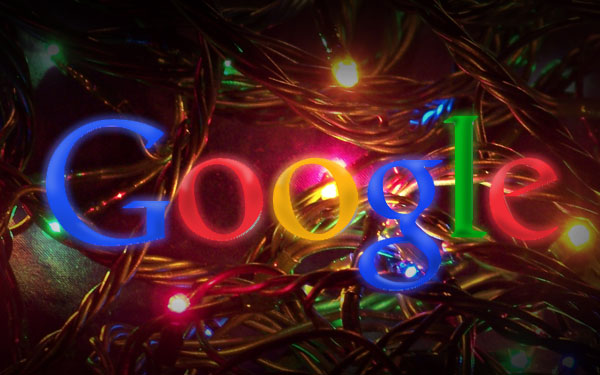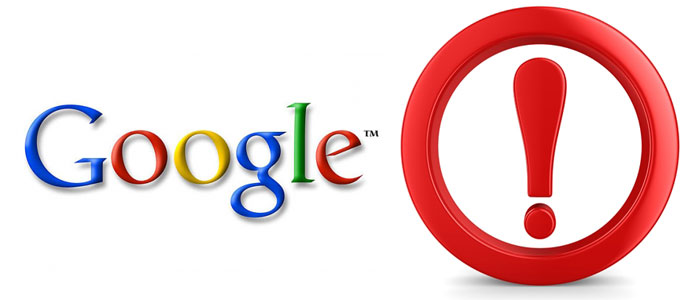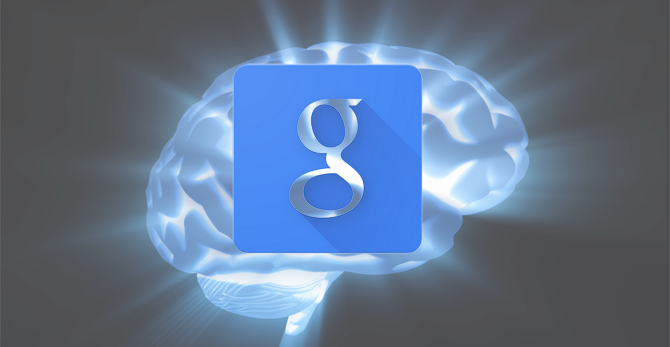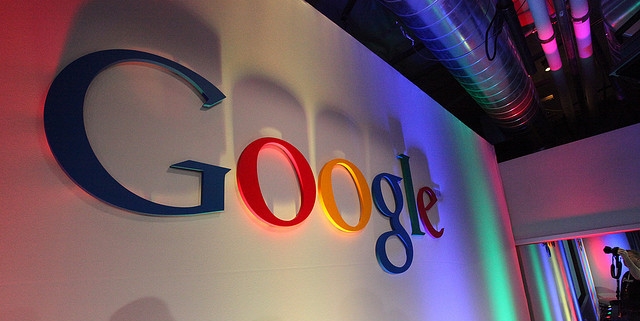
Source: Robert Scoble / Flickr
Most online advertisers consider conversion tracking an essential part of their toolkit. After all, why pour money into advertising if you can’t properly see how effective it is and optimize it? However, there are many businesses who are not using conversion tracking or importing goals from Google Analytics into AdWords. Google says they have a new feature just for them.
The new Smart Goals are powered by Google Analytics and aim to help businesses without a way to measure conversions evaluate their advertising efforts and optimize their campaigns.
Unlike conversion tracking and Analytics goals, Smart Goals don’t measure actions taken directly on an advertiser’s website. Instead, it uses the anonymized conversion data collected from other websites by Google Analytics to identify visits “most likely” to convert based on Google’s estimate.
To generate Smart Goals, we apply machine learning across thousands of websites that use Google Analytics and have opted in to share anonymized conversion data. From this information, we can distill dozens of key factors that correlate with likelihood to convert: things like session duration, pages per session, location, device and browser. We can then apply these key factors to any website. The easiest way to think about Smart Goals is that they reflect your website visits that our model indicates are most likely to lead to conversions.
To set up Smart Goals, advertisers will need to link their Analytics and AdWords accounts and must receive at least 1,000 clicks rom AdWords over a 30-day period “to ensure the validity of your data.” From there, select Smart Goals, under Goals in the Admin tab.
Advertisers can even preview well Smart Goals can work for their site before activating it by exploring the new “Smart Goals” page under Conversions in Analytics. This page lets you analyze the behavior of Smart Goals visits and compare those to the visits deemed unlikely to convert. If you like what you are seeing, you can then import Smart Goals into AdWords.
Once Smart Goals have been imported, advertisers can set a target cost per acquisition (CPA) with the Smart Goals being the acquisition. The announcement says, “in this way, you’re able to optimize your AdWords spend based on the likelihood of conversion as determined by our model.”
Google says Smart Goals will be rolling out over the next few weeks. While it may serve as a reasonable solution for some businesses, for most Smart Goals may seem like a bit of a stop-gap solution. To really take control of your online advertising and guarantee you are getting your money’s worth, you will want to use conversion tracking,
If you need help getting started, contact us. We can get you set up and help you optimize your advertising to ensure the best results.

